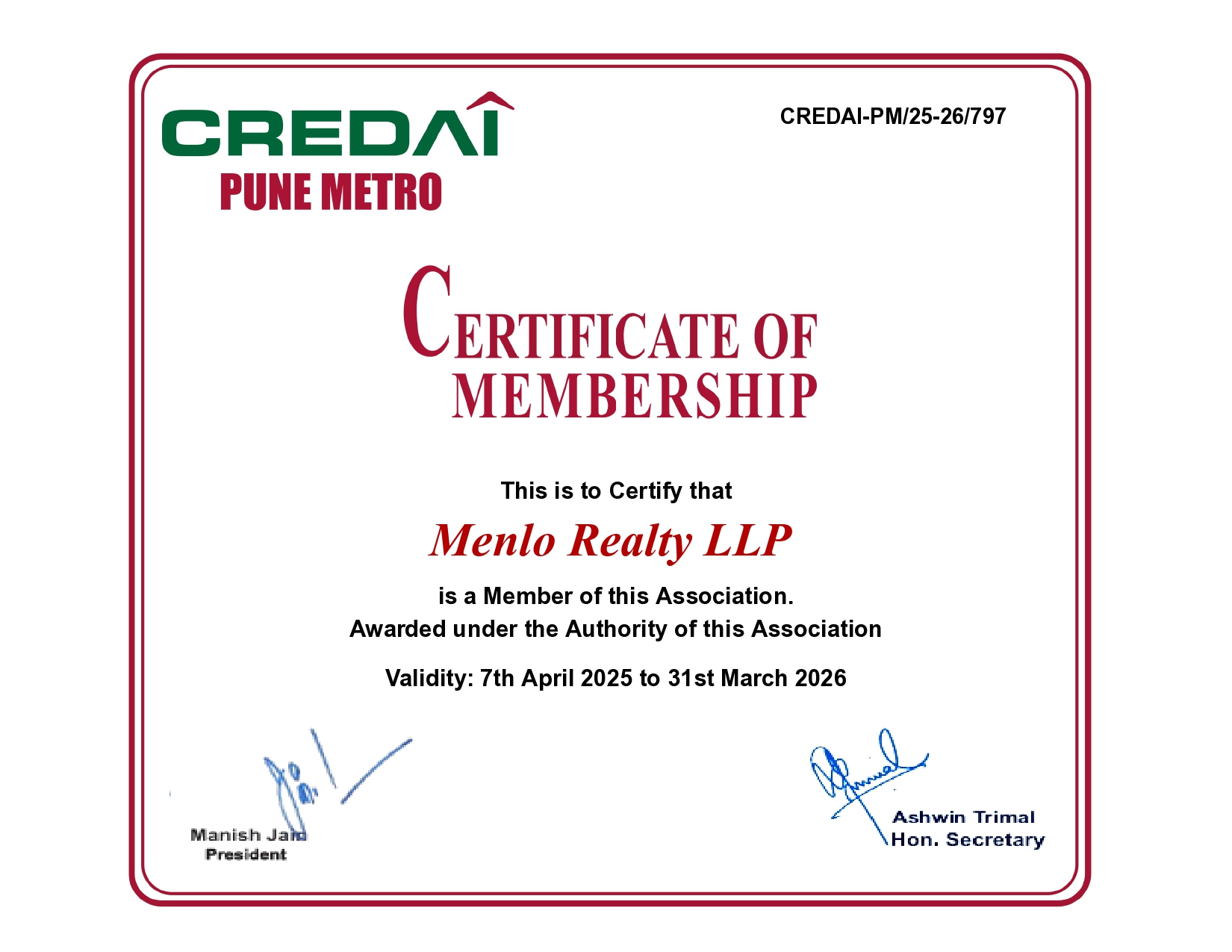Blog Details

The Future of Urban Living - Trends Shaping Residential Real Estate
Urban living is constantly evolving, and the landscape of residential real estate is changing faster than ever. As we look towards the future, several trends are emerging that promise to reshape how we live, work, and interact within our cities. From smart homes and sustainable.
living to the rise of co-living spaces, these trends are not only changing the way properties are developed but also how they are used and valued. Let’s delve into the key trends shaping the future of urban living and their impact on residential real estate.
The Rise of Smart Homes
Smart homes are no longer a futuristic concept; they are becoming a reality in urban residential developments. With advancements in technology, homes are now equipped with devices and systems that enhance convenience, security, and energy efficiency. Smart thermostats, lighting systems, security cameras, and voice-activated assistants are becoming standard features in new residential properties.
These technologies not only offer greater control and comfort to residents but also add value to properties. Homebuyers and renters are increasingly looking for homes that integrate the latest tech to make life easier and more efficient. Developers who incorporate smart home features are likely to attract more interest and command higher prices.
Sustainable and Eco-Friendly Living
Sustainability is no longer just a buzzword; it is a crucial aspect of modern urban living. With growing awareness of environmental issues, both developers and residents are prioritizing eco-friendly practices. This trend is evident in the increasing number of green buildings designed to minimize environmental impact and reduce energy consumption.
Features such as solar panels, rainwater harvesting systems, energy-efficient appliances, and green rooftops are becoming common in new developments. These not only contribute to a healthier environment but also offer long-term cost savings for residents. As sustainability becomes a key factor in property decisions, eco-friendly homes are likely to see higher demand and better market performance.
The Popularity of Co-Living Spaces
Co-living spaces are emerging as a popular alternative to traditional housing, particularly among millennials and young professionals. These spaces offer shared living environments that foster a sense of community and provide cost-effective solutions to urban living challenges.
Co-living developments typically include private bedrooms and shared common areas such as kitchens, living rooms, and coworking spaces. They often come with flexible lease terms and a range of amenities like fitness centers, laundry facilities, and social events. This trend caters to the growing demand for affordable and community-oriented living options in urban areas.
Mixed-Use Developments
Mixed-use developments are transforming urban landscapes by integrating residential, commercial, and recreational spaces into a single project. These developments create self-contained communities where residents can live, work, and play without needing to travel long distances.
The convenience of having shops, restaurants, offices, and entertainment options within walking distance enhances the quality of life and reduces reliance on transportation. For developers, mixed-use projects offer diversified revenue streams and the potential to attract a wider range of tenants and buyers. This trend is set to continue as cities become more congested and the demand for integrated living solutions grows.
Flexible and Remote Working Spaces
The shift towards remote work, accelerated by the COVID-19 pandemic, is influencing residential real estate trends. As more people work from home, the need for flexible living spaces that can accommodate home offices has increased. Developers are responding by designing homes with dedicated workspaces, high-speed internet, and soundproofing features.
Additionally, residential buildings are incorporating coworking spaces and business centers to cater to the remote workforce. These amenities provide residents with the option to work close to home without compromising on productivity or professional needs.
Conclusion
The future of urban living is being shaped by technological advancements, sustainability, community-focused living, and the integration of work and home life. These trends are redefining residential real estate, offering exciting opportunities for developers, investors, and residents alike. As cities continue to evolve, staying ahead of these trends will be crucial for those looking to thrive in the ever-changing landscape of urban living. The residential real estate market must adapt to these shifts to meet the demands of future urban dwellers and create spaces that enhance the overall quality of urban life.
